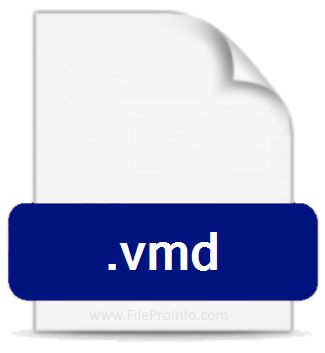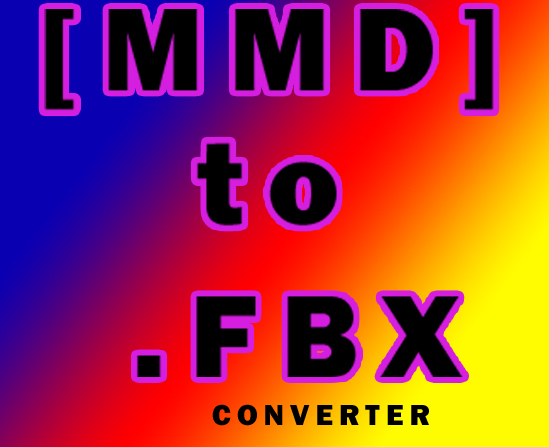

Before you import a BVH animation into Blender, set the frame rate of your scene to 30 FPS (under the Render tab of Blender's Properties Window.) A BVH animation may have a different frame rate than the normal frame rete of a VMD animation, which is 30 FPS (30 frames per second). Blender automaticallly converts an inputted fraction to a decimal number.Ĥ. When you convert a DAZ/Poser BVH animation to VMD, you can input 1/7 as the Scale value and 1/7 is an adequate approximation. The information on this page can give you some idea of how you may need to calculate the correct scaling for your imported BVH animation: In Blender's Import BVH options panel, beside the word "Scale", input the Scale that you want. When you import a BVH animation into Blender, an "Import BVH" options panel appears at the lower left. The scale(size) of the armature in a BVH file may be different from the scale of the armature of an MMD model. If you are converting a DAZ/Poser BVH to VMD, you do not need to change these 2 options away from their default values.ģ.

If that doesn't give you a correct-looking animation, then you need to experiment with these 2 import options until you find the option which works. Try the default options (-Z forward, Y up). The X,Y,Z axes and + and - directions of bone rotations may not be defined in the same way in a BVH file as they are defined in an MMD model. Open this file (from the Blender program folder) in a text editor, such as Notepad++:įile = open(file_path, 'rU', encoding = 'utf-8')Ģ. This simple bug fix will work if your BVH file is a unicode utf-8 text file: If you try to import a BVH file which has Japanese bone names, it won't import into Blender, and you will get an error message. LIST OF POSSIBLE ISSUES AND THEIR SOLUTIONS:ġ.
VMD TO ANIM CONVERTER HOW TO
Here is the information which I have about these problems and how to solve them, followed by step-by-step instructions for converting BVH to VMD: There are several issues which can give you problems in making this conversion. x files, and even then only uniform scale) and so no animation using scale is going to work in MMD.Converting BVH animations to VMD animations can be a bit complicated, and you will need some patience and perseverance to succeed with it. Note that MMD doesn’t support bone scaling (or object-level scaling at all, not outside of. There are plenty of ways to do it with baking animations, but it seems like you should just be able to copy/paste keyframes- I just don’t know how to do it, in the case of copy/pasting from armature->bone. I’m not sure the best way to do it- best would be to directly copy your armature transforms onto your root bone. If you want the armature level transforms (well, the translation and the rotation) in MMD, you’ll need those to be on a bone rather than an object. That leaves you with an extra bone- the one generated by MMD Tool’s new model- but you can delete it if you want. I made a few cubes so I could see that it was working and exported the model, then exported the animation. Then, I used “create model” from sidebar/MMD and joined your armature to the new MMD armature.

First thing I did was to clear rotation, scale, location on the armature object and delete all keyframes for those. You have armature-level transformations in that file, which won’t get exported and maybe will screw things up.


 0 kommentar(er)
0 kommentar(er)
